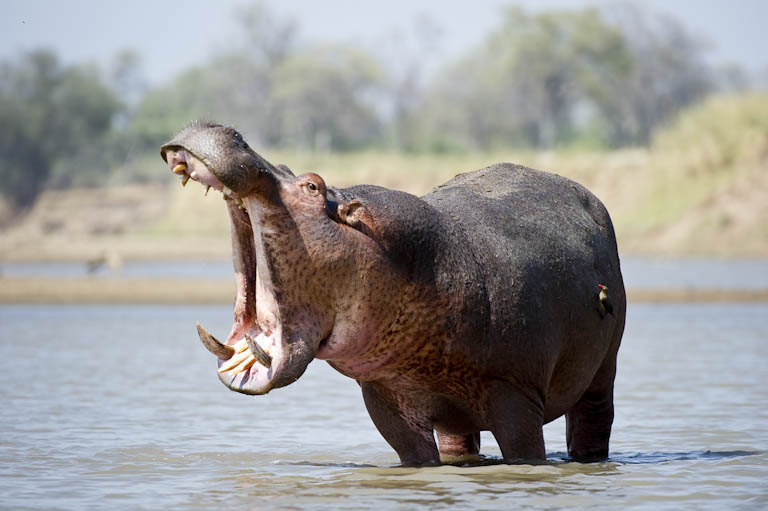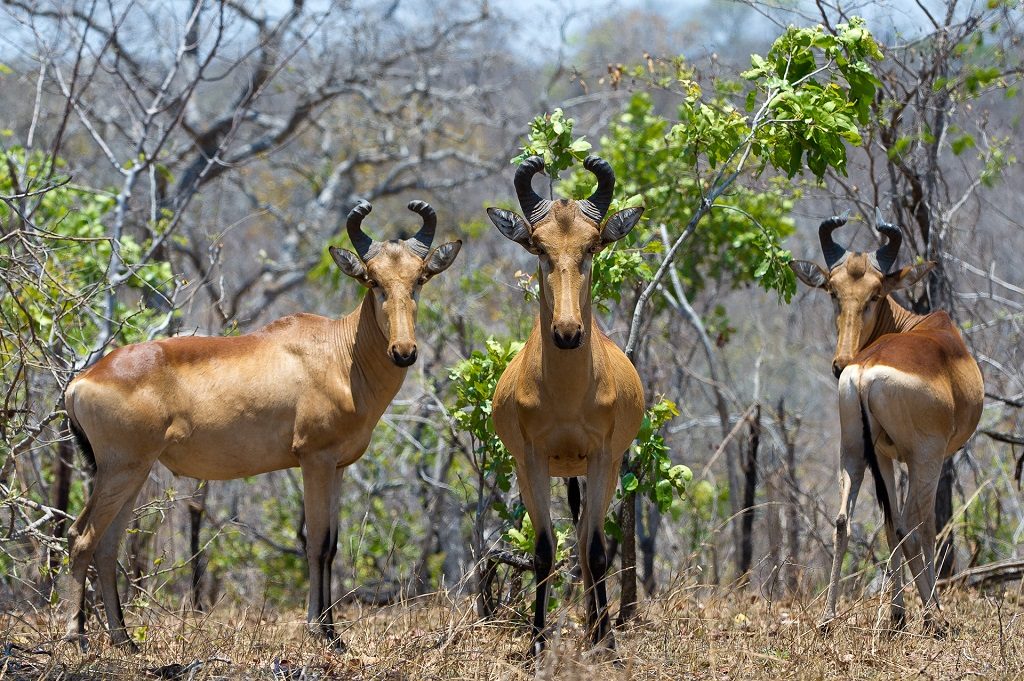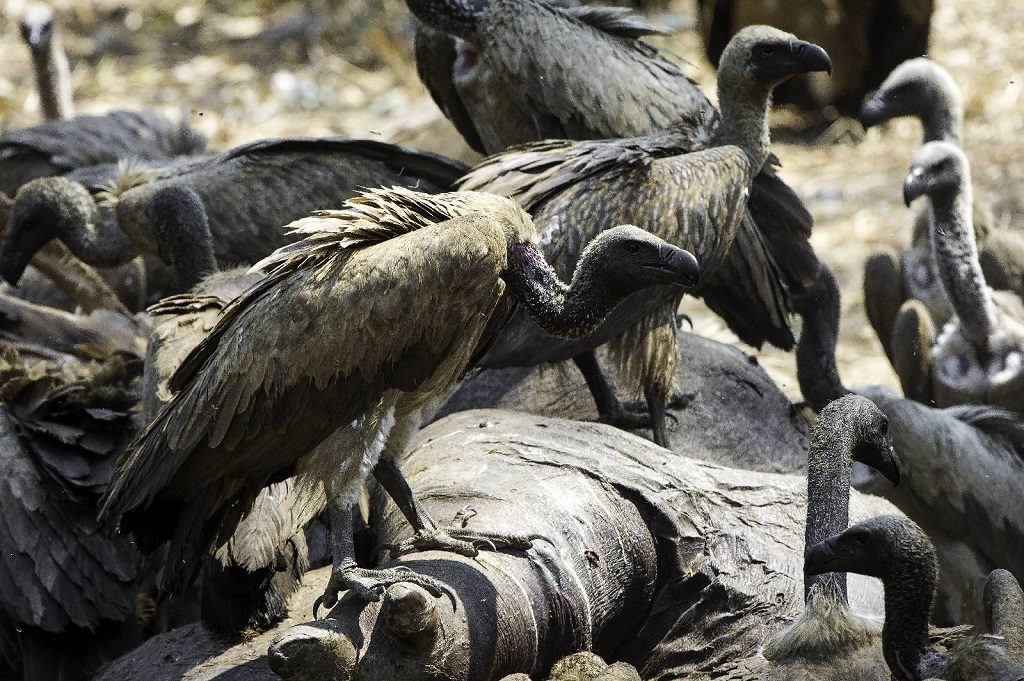In the spooky spirit of Halloween, Robin Pope Safaris shows us five of Zambia’s most scary animals to be on the look-out for on a safari in the South Luangwa National Park:
The bad-tempered hippo

© Robin Pope Safaris
While they may be depicted in the movies as dancing around in tutus or lolling about with big grins on their faces, hippos are in fact rather grumpy characters. They are so ill-tempered that they often even get on each other’s nerves so it’s not unusual to see them ‘shouting’ at each other, wrestling in the water and even baring their teeth.
The unnerving Lichtenstein’s hartebeest

© Robin Pope Safaris
With their forked horns and beady eyes, there is something decidedly devilish about Lichtenstein’s hartebeest. Although only scary by appearance and not dangerous to humans, you wouldn’t want to be in the middle of two males fighting during the breeding season. Fortunately, the ritualized series of head movements, body stances and horn clashing generally leave the loser with nothing more than a bruised ego.
The audacious honey badger

© Robin Pope Safaris
The official titleholder of the “World’s Most Fearless Creature”, the honey badger has been known to take on Big 5 animals, like lions and buffalo, when threatened. A relative of the skunk, although without the notorious smelly spray, the honey badger is a bold defender of its young and has a bite force strong enough to break the shell of a tortoise.
The terrifying vulture

© Robin Pope Safaris
Branded in popular culture as the villain of the bush, vultures’ dark coloured wings, stooped stance and large hooked beak help them fit this role. While vultures often get this bad rap, they actually play a crucial part in the wider ecosystem and we need them to keep the environment clean and free from disease. They are the ultimate recyclers, with some species being the only legitimate scavengers in the African bush.
The sharp-toothed crocodile

© Robin Pope Safaris
The green-eyed reptiles of Zambia’s lagoons and lakes, Nile crocodiles, are stealthy hunters that ambush their prey, waiting for fish or land animals to draw near before launching an attack. Don’t be fooled by their apparent sluggishness as they cruise along in the water; they are able to move quickly to catch a meal. The Nile crocodile is believed to have a bite force of 5000 pounds per square inch.
To get your share of Zambia’s wild (and sometimes scary) creatures, travel to the South Luangwa National Park with Robin Pope Safaris.

Leave A Comment